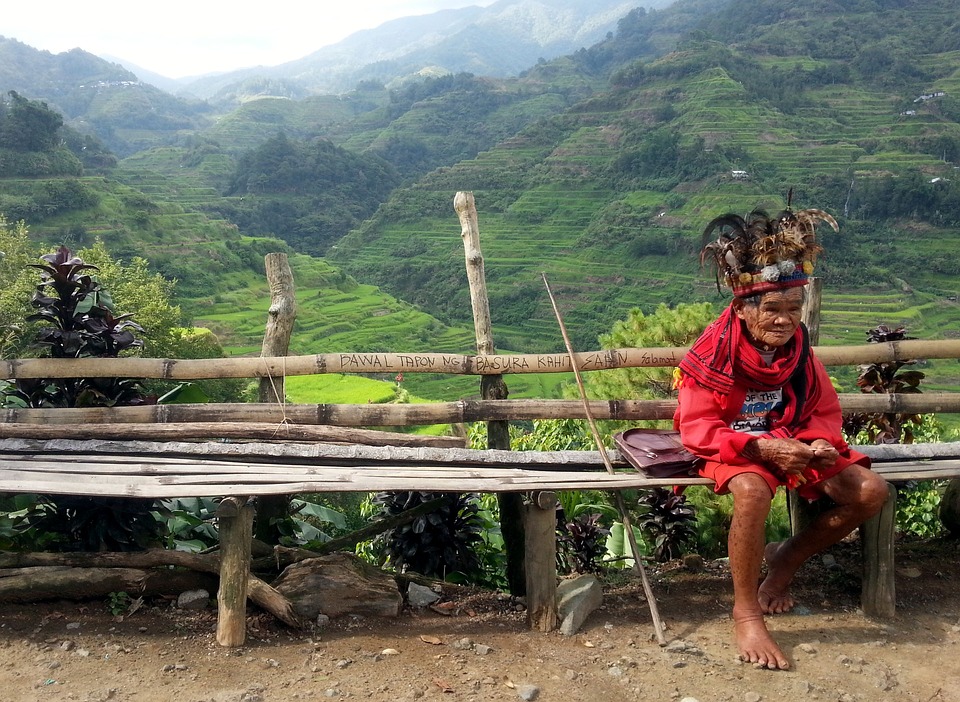Forests are a country’s natural resource. Like the mountains and rivers etching their paths across a country, forests have their mark to make. Forest conservation has historically been viewed as the State’s responsibility; that only the State can manage and conserve such vast land areas. It’s almost inconceivable to let private parties lay sole claims on it.
In this debate, forest-dwelling communities have more often than not been villanized. They’re looked at as forest depleters, encroachers, making a living off of forest resources and inevitably causing the demise of our green cover. However, the numbers show a different picture.
The country’s recorded forest area is 76.52 million hectares (mha), whereas the forest cover is 63.72 mha, out of which 38.79 mha is degraded, and 24.93 mha is dense. Thus, the country’s degraded forest area is as high as 60 percent of the total forest cover. As against this, the total encroachment in forest areas in the country is 1.25 mha, which is merely 1.9 percent of the total forest area. Out of this total encroachment, the area used by the forest dwellers would be even smaller. So, the extent of encroachment is minuscule in the context of the degradation of forests and is essentially played up to divert attention from real problems. The noise around the encroachment issue has silenced valid criticisms of state foresters’ (state agents’) performance in sustaining the forests.
So, when and how did the tussle between forest communities and the State begin?
For years, forest-dwelling communities have had no say in deciding what becomes of the home where they’ve lived for centuries. But it wasn’t always like that. In pre-colonial India, the ruling monarchs owned all the land and resources within their territorial claims. The forests, however, were still accessible to the locals for their livelihood.
It all changed when the British traders recognized the Indian flora as a repository of sturdy teak, suitable for shipbuilding and eventually fighting wars. Initially established under the pretext of “scientific forestry”, the Indian Forest Act of 1865 allowed the then East India Company to gradually usurp authority over all forestland that was not privately owned. This formally consolidated state power over forestry and obliterated centuries-old customary rights of forest communities in India. This law had nothing to do with conservation. It was created only to exploit India’s resources, like many other acts of the colonial era.
Now, how did the situation change post-independence?
You’d expect that now that the British had left and India was independent, the newly elected government would have repealed laws that had exploited Indians and their resources for so long. Sadly, that didn’t quite happen.
In 1980, the Forest Conservation Act was enacted to check deforestation and conserve forests. It laid down a few objectives, but in essence, the Act merely shifted powers for decisions concerning forest land use from the British to the Centre. So, earlier, the British had exclusive control over forests. Now, it was the government. Thus, even post-independence, forest laws did not have anything to do with conservation but more with state control.
The Act ignored the plight of the forest communities who had inhabited these forests for centuries. Eight years later, the National Forest Policy 1988 was enacted, aiming to ensure compensatory afforestation for cleared areas, sustainable utilization and essential safeguards for the rest of the land. It recognized that forest resources have severely depleted because of “relentless pressures arising from the ever-increasing demand for fuelwood, fodder, and timber; inadequacy of protection measures; diversion of forest lands to non-forest uses without ensuring compensatory afforestation and essential environmental safeguards; and the tendency to look upon forests as a revenue-earning resource.” Its focus was on reducing the degradation of forests by forest communities.
Finally, in 1990, the Joint Forest Management programme felt like a turning point in this long struggle. It enabled the villages and forest departments to decide together how to deal with their respective forest blocks. Participatory Forest Management (PFM) is an informal agreement that allows the local communities to consume particular forestland if they protect it for 5–10 years. But it’s important to note that the local community still had no legal authority over the forest resource.
Fast forward a few years, in 2006 the Government of India via the Scheduled Tribes and the Other Forest Dwellers (Recognition of Forest Rights) Act 2006, finally admitted that, “Forest rights on the ancestral lands and their habitat were not adequately recognized in the consolidation of state forests during the colonial periods as well as in Independent India resulting in Historical injustice with the scheduled tribes and other traditional forest dwellers, who are integral to the very survival of the forest ecosystem.”
Should the government control forests? Do forest communities cause the demise of our green cover?
The answer to both these questions is no. The proponents of exclusive state control on forests base their case on the “tragedy of the commons.” The idea is that commonly held open-access resources like forests and grazing lands inevitably suffer over-exploitation as no individual has an incentive to stop his/her use of the resource as long as others can use it too. But, what is not known is that these “communally held open access resources”, in practice, are never free for all but are controlled by a host of intricate rules and regulations for their use.
Dr. Elinor Ostrom won a Nobel Prize for her work in Economics (the first woman to win it) for working out a solution to the tragedy of commons. While it’s true that individuals have an incentive to avail of individual benefits to the fullest when the community bears the damage, there are other factors at play. Ostrom argued that shared resources are managed by their most prominent stakeholders – those who have everything to gain and lose from that resource. Her research in Kenya, India, and Indonesia concluded that people are more likely to act selfishly, and the tragedy kicks in in cases of an outside source of power (political, economic, or social).
So, bringing forests under state control actually created the tragedy of open access rather than solving it, as local communities lost all incentives to manage forests. The forests no longer belonged to them, and they started acting irresponsibly.
On the other hand, a rapid decline in India’s recorded forest area has been observed, most notably in regions occupied by tribal communities. A total of 218 tribal districts, which hold about three-fifths of India’s 712,249 sq. km forest cover, are identified by the government. An FAO report states: “growing population, widespread poverty, limited employment opportunities in agricultural and industrial sectors have resulted in heavy pressure on forests, primarily due to unsustainable extraction of fuelwood and over-grazing resulting in forest degradation“.
The chronic ostracisation from modernization and the abject lack of government attention are to blame. Ridden with perpetual poverty, the forest communities swelled in size. They are accused of being encroachers mooching off the land but are provided with no alternatives. Moreover, since the dwellers do not have appropriately outlined ownership rights, they are forced to live off the land they have inhabited for ages (that they do not own), but not recognized by the government as legitimate owners. Despite having a symbiotic relationship with nature for centuries, the lack of a legal one has further exacerbated the tragedy of the commons issue, worsening India’s environmental degradation.
Ostrom recommended a “bottom-up” approach in legally defining the minutiae of the communal interactions with the said resource to prevent the tragedy. She constructed eight “design principles for a Common Pool Resource (CPR) institution“. The common pool resource must be clearly defined, and the relevant “resource appropriators” should be able to engage in collective choice arrangements. These would help smoothen the conversations as well as the decision-making process that ensues. Accordingly, the appropriators should also be monitored and punished (she adds, at “a scale of graduated sanctions”). If the issues escalate to a legal dispute, it is essential to ensure that the conflict gets resolved through cheap and accessible means. Lastly, the whole system ought to be bound by a body of considerable authority. In large pools of resources, the “bottom-up” approach comes to the rescue – layer the regulators upwards from the local level.
The Forest Rights Act, 2006 works loosely on this basis by granting land ownership and other rights to forest-dwelling communities. In all its pomp and glory though, the FRA is yet to be implemented entirely, especially with respect to property rights. Adivasi farmers, in particular, have been gravely harmed by this. Land ownership is still not a guarantee – many Maharashtrian farmers are either waiting for their applications to be passed or duped with illegitimate documents altogether.
Then there are stories of tribespeople of Kerala having been denied their basic right under the Scheduled Tribe Scheduled Tribes and Other Traditional Forest (Recognition of Forest Rights Act) 2006. A whopping 18,000 claims for individual land rights have been denied by successive governments for the past 12 years, from 2008 to 2020.
Without a doubt, community ownership and forest management through well-defined and enforceable property rights is the best way. It solves two problems simultaneously: it protects forests and provides a dignified livelihood to the country’s most impoverished communities. The most efficient and moral resolution is to take our forests from the foresters (state agents) and put them in the hands of forest dwellers.
Read More: How 100 unicorns are propelling India forward
Post Disclaimer
The opinions expressed in this essay are those of the authors. They do not purport to reflect the opinions or views of CCS.






